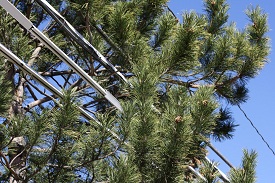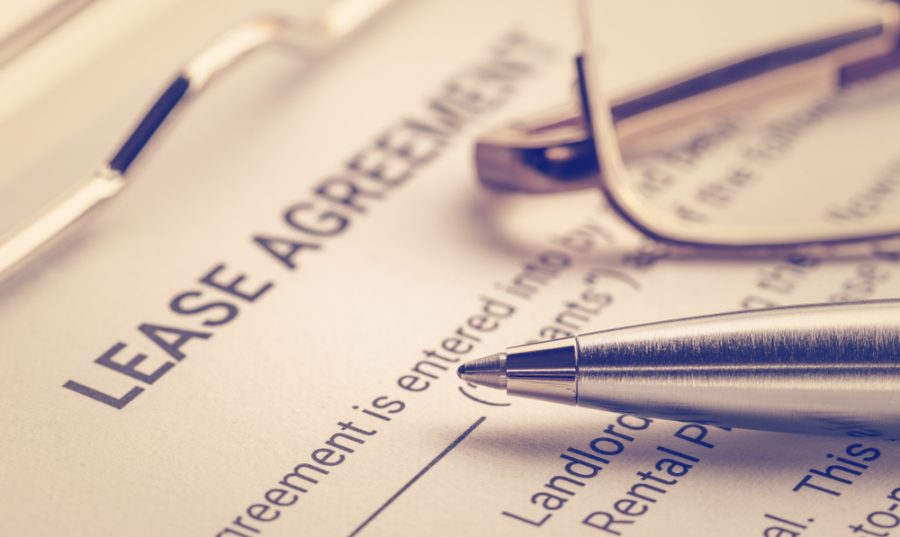 It is hard to believe that summer is coming to an end and storm season will be upon us. It is never too early to be prepared for the property losses caused by high winds and winter storms. This blog explores the duty of electric utilities to trim trees and other vegetation around power lines.
It is hard to believe that summer is coming to an end and storm season will be upon us. It is never too early to be prepared for the property losses caused by high winds and winter storms. This blog explores the duty of electric utilities to trim trees and other vegetation around power lines.
Often utility lines are downed by tree limbs that fall on the power lines during ice storms and high wind events. In turn, the downed lines send electrical surges into residences and businesses, which may cause a fire. Many subrogation professionals fail to seek recovery in such cases believing that downed electrical lines are an act of God or that the local utility did not have a duty to actively inspect for and remove vegetation that may pose a threat to the electrical distribution system. Before closing such a case, one should be mindful that most states have adopted the National Electric Safety Code (“NESC”). The NESC is a national industry standard for the safety of utility lines. The NESC requires electric utilities to prune trees away from power lines and other electrical equipment. Rule 281 of the NESC, found in the NSB Handbook 81 provides:
Where trees exist near supply-line conductors, they shall be trimmed, if practicable, so that neither the movement of the trees nor the swinging or increased sagging of conductors in wind or ice storms or at high temperatures will bring about contact between the conductors and the trees.
National Electric Safety Code, NBS Handbook 81 (National Bureau of Standard, 6th Edition 1961).
Many states require utilities to proactively inspect for and remove vegetation that pose a risk to wires. For example, in New Jersey, utilities are required “to perform vegetation management on vegetation that pose a threat to its energized conductors at least once every four years.” New Jersey Administrative Code 14:5-9.4(b). The utility is also required to remove all vegetation that is close enough to the electrical line to “affect reliability or safety” once the utility becomes aware of the threat. N.J.A.C. 14:5-9.4(c).
In sum, when deciding if a utility should have or could have prevented a fire caused by a downed line, at the very least, the subrogation professional should check the NESC and the state code to determine if the utility complied with the mandatory vegetation control requirements. This is in addition to inverse condemnation arguments, where applicable, as this site has written about previously.





